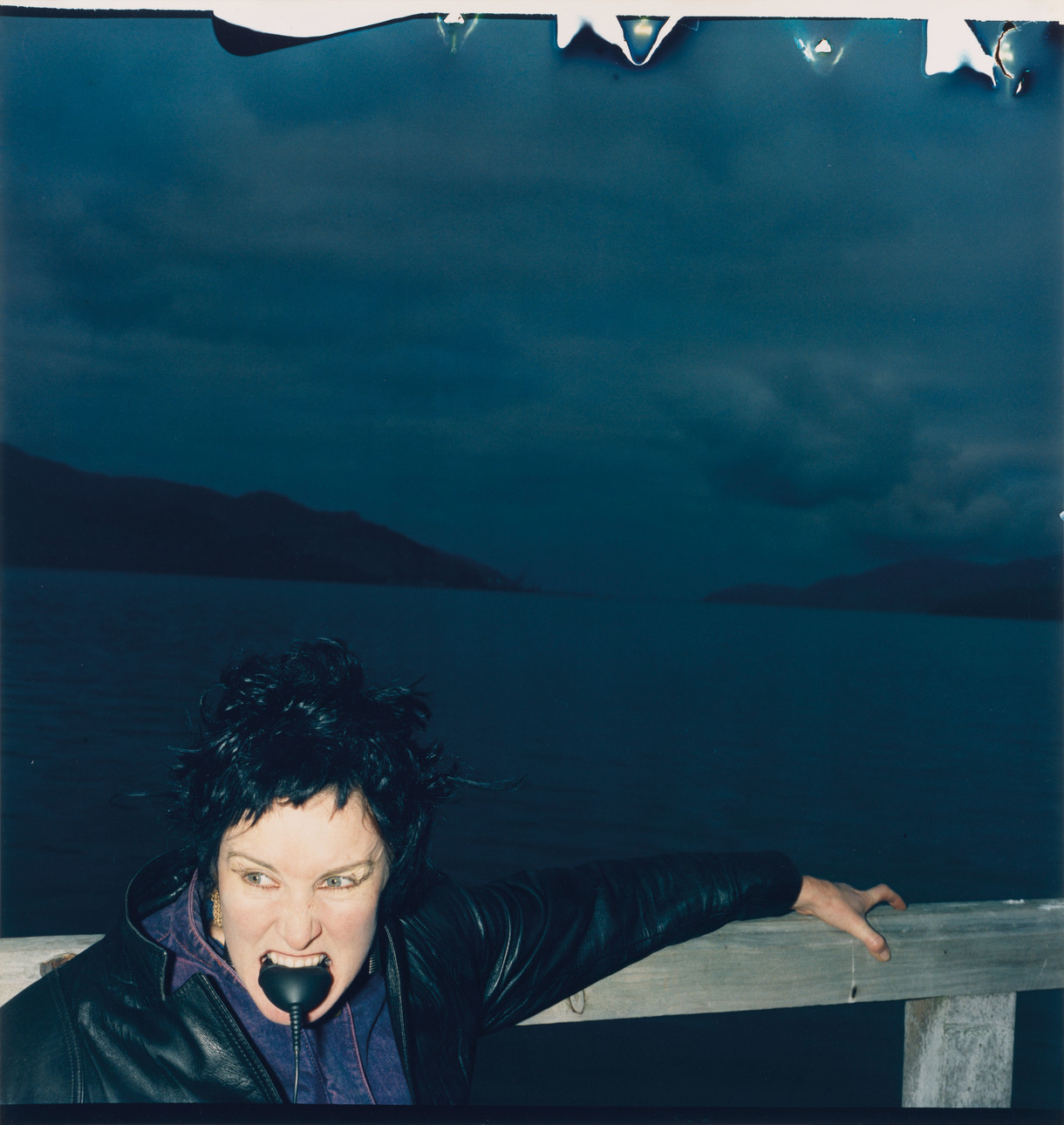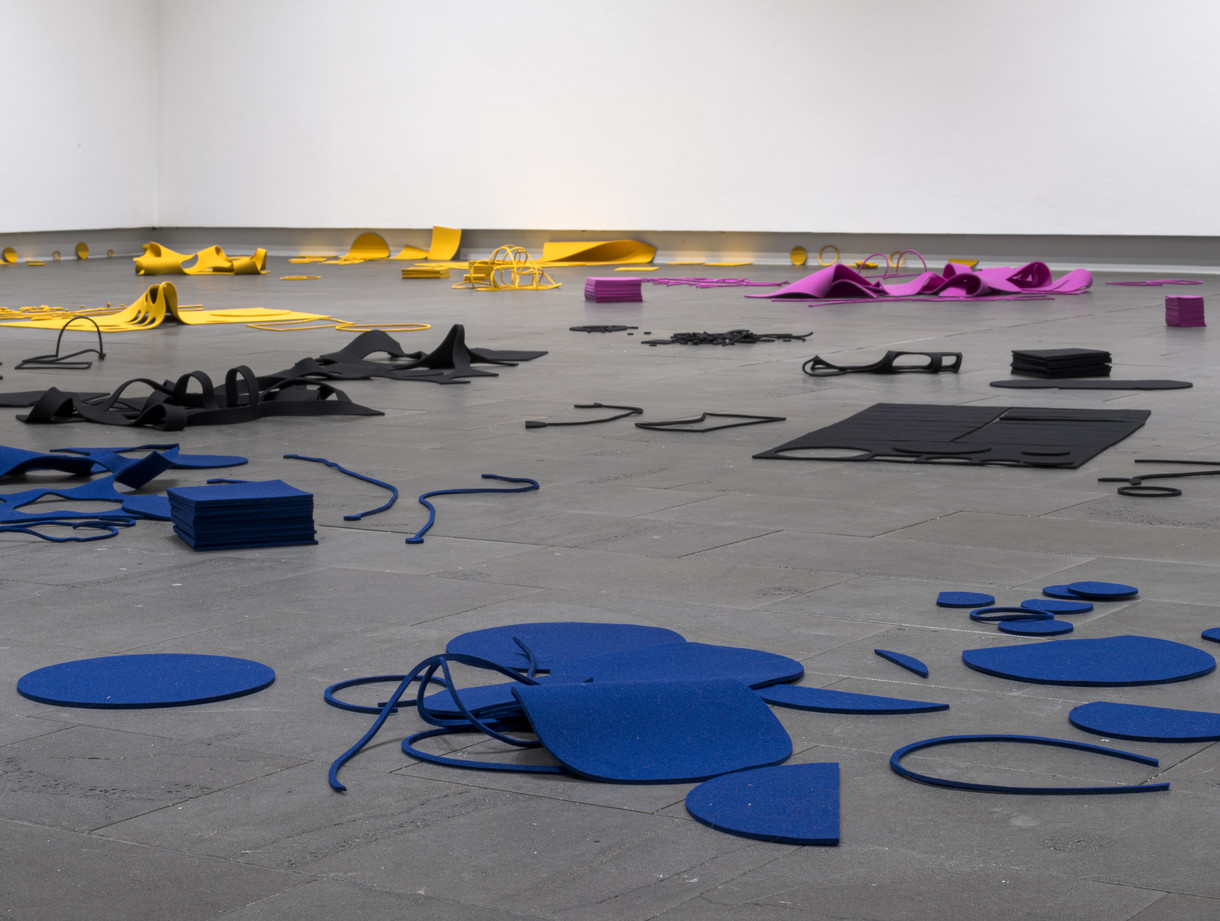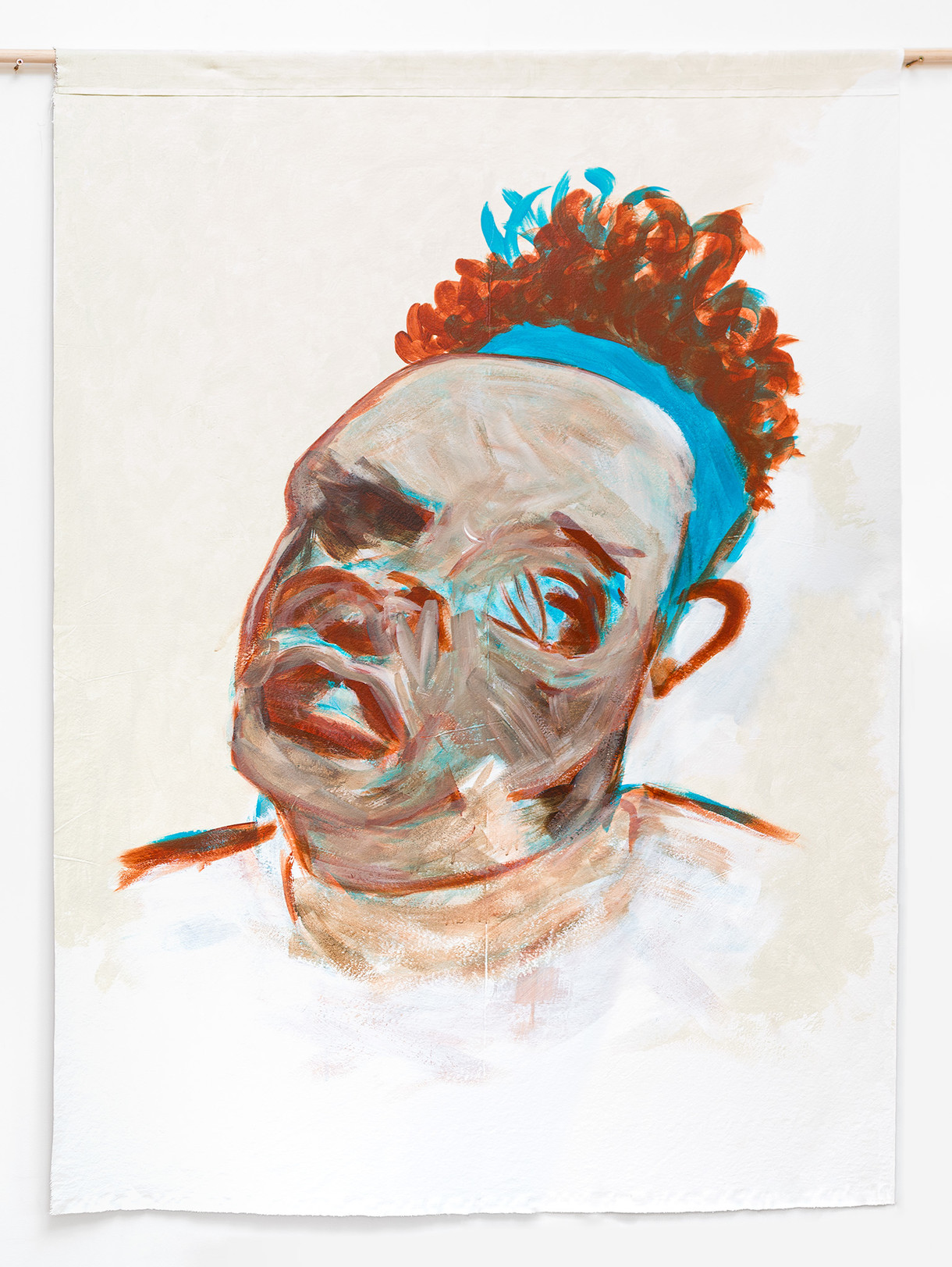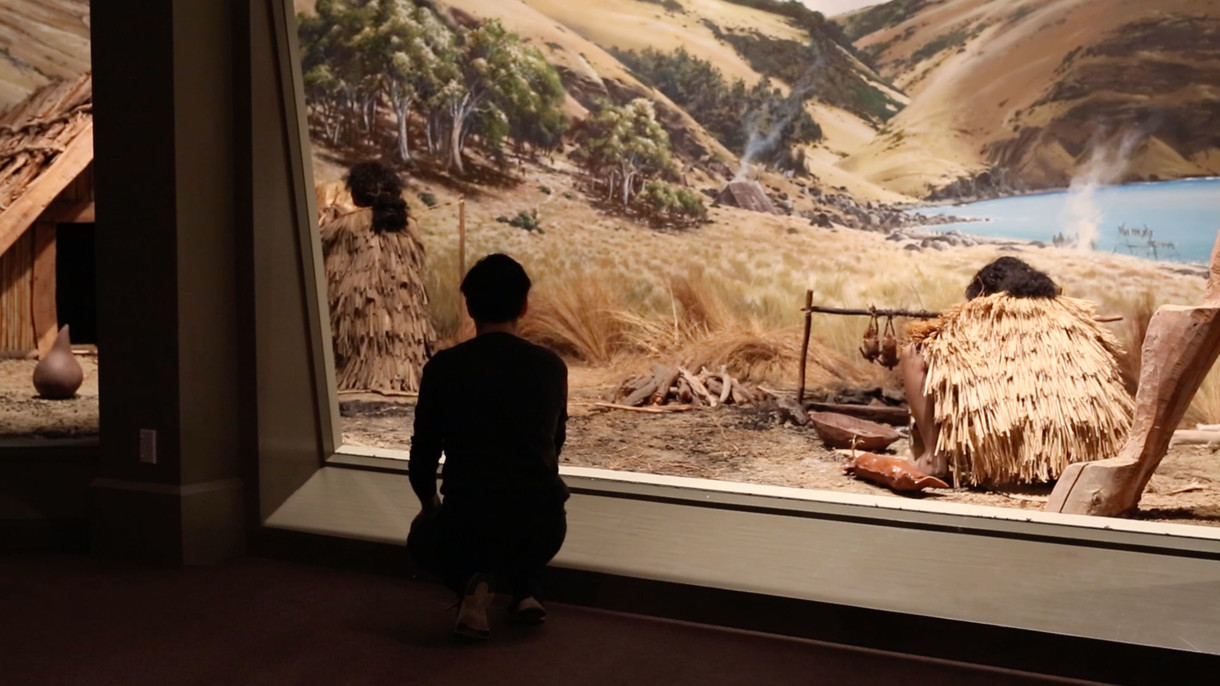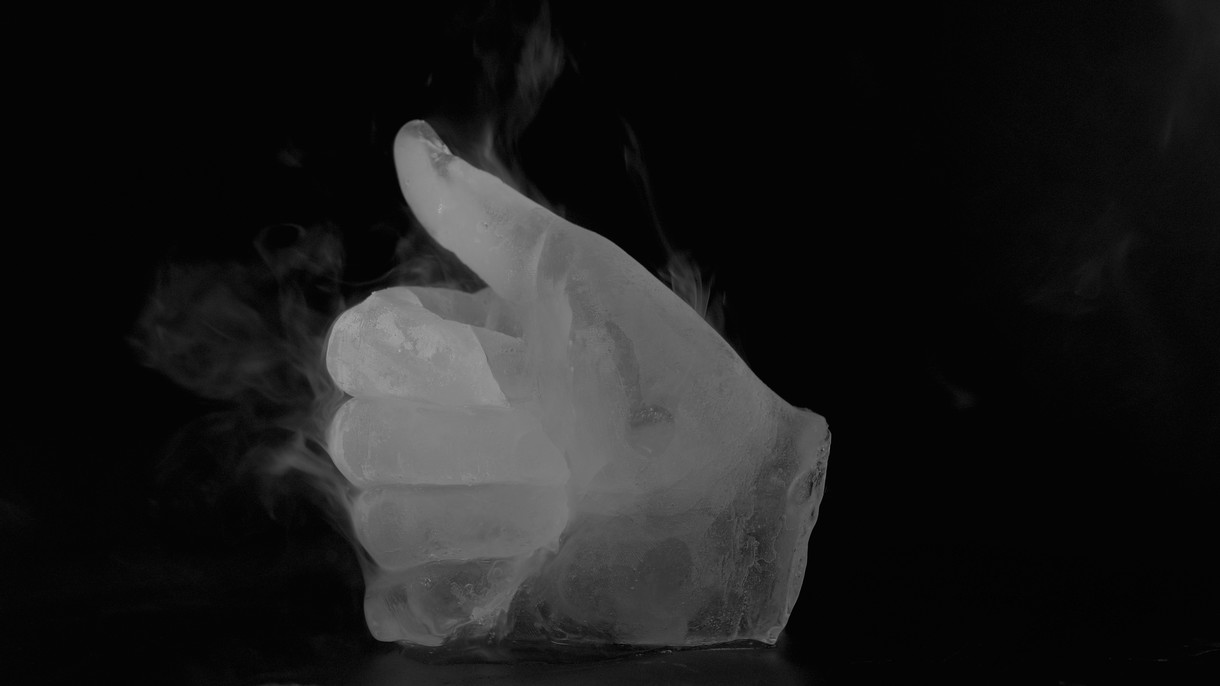What’s On

Leo Bensemann: Paradise Garden
A collection of Leo Bensemann’s extraordinary Mohua Golden Bay landscape paintings.
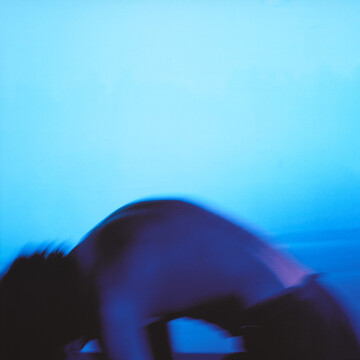
He Kapuka Oneone – A Handful of Soil
Our new collection exhibition is now open.

Edith Amituanai and Sione Tuívailala Monū: Toloa Tales
New video works trace migratory threads across Te Moana-nui-a-Kiwa as the artists return to their ancestral homeland.
Open 7 days, 10am - 5pm
Late night Wednesday until 9pm
Free entry, free wifi


